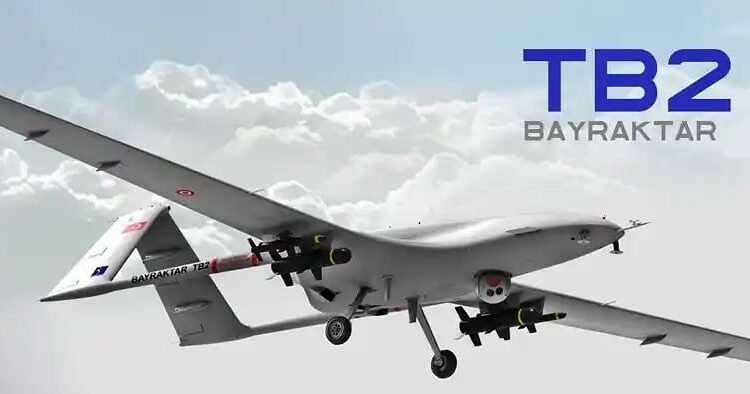Israeli manufacturer BlueBird Aero Systems which specializes in small unmanned aerial vehicles for military and civilian markets entered a contract with the Ethiopian army in 2011, to supply Boomerang and Spylite electric mini UAS, and will also establish maintenance facilities for the aircraft.
The Boomerang is a man-portable, catapult-launched UAV that is recovered by parachute. The drone is powered by a fuel cell, providing enough power to haul a payload capacity of 2.5 kg and an endurance of three hours.
While the Spylite tactical UAV has a payload of 1 kilogram, with an endurance of 1.5-3.5 hours, but weighs around 7 kilograms and a range of 10-35 kilometers. It is transportable by a two-person team.
In 2013, local news reports claimed that Ethiopia had built its first MALE UAV. A picture released on social media showed what appeared to be a MALE UAV being manufactured at an Ethiopian military factory.
Since 2015, there have been numerous reports that the Ethiopian National Defense Force acquired CH-4, however, to date, the report is still unconfirmed.
More recently, two Iranian-made Mohajer-6 armed drones was spotted in Ethiopia’s Semara airbase. Images from the Plant SkySat satellite identified two Mohajer-6 UAVs and a Ground Control Station (GCS) at Semara airport (now Ethiopian Air Force base) in north-eastern Ethiopia on 1 August.

The US supported the Ethiopian military with armed drones and other military arsenals during the military invasion of Somalia in 2006.
In 2011, the US built a drone base in Arba Minch in Ethiopia. US officials stated the drones would be unarmed, as the Ethiopian government considered their use as sensitive. The drones were deployed up until 2016 to gather surveillance on groups with al-Qaeda links in Somalia. Ethiopia denied the presence of the US in the country, stating they “don’t entertain foreign military bases in Ethiopia”.
In 2011, Ethiopia received small drones manufactured by the Israeli BlueBird company. The order has still not been made public. Therefore, it is not known how many drones Ethiopia has and when, where and in which missions they have been deployed.
During the internal conflict that erupted between the Ethiopian army and the Tigray’s People Liberation Front in autumn 2019, public allegations were made that Ethiopia received support from the United Arab Emirates, which operates Wing-Loon II armed drones from an air base in Eritrea.
Despite satellite imagery confirming their presence in Eritrea, no actual evidence surfaced of the UAE deploying them over Ethiopia.
Similar claims about Ethiopia operating Chinese CH-4 drones against the Tigray force have not been substantiated so far. The only confirmed drone use by the Ethiopian military concerns smaller commercial Chinese drones delivered in 2018 to the Ethiopian police.
Rebel forces in Tigray province claim that they have been bombed by Emirati combat drones, while Addis Ababa has been releasing images of its drones, which are observation devices made by China’s Zerotech.
Ethiopia revealed its drone inventory after Tigray and TPLF leader Getachew Reda claimed that the United Arab Emirates armed drones are supporting Ethiopian forces through it’s drone base in Assab city, Eritrea.
To be clear, the United Arab Emirates were conducting drone strikes against Tigray with its Wing Loong II UCAVs stationed in Eritrea.
The UAE may have supplied armed UAVs to assist the Ethiopian National Defense Force in the ongoing Tigray War.
Recent unreleased photographs reportedly taken in June 2021 in the Tigray Region appears to show Emirati-supplied UCAV being handled by Ethiopian soldiers.

List of Ethiopian military drones (uav)
- Boomerang catapult-launched UAV
- SpyLite tactical electric mini UAS
- Israeli Aerostar UAS
- WanderB mini-UAS
- CASC CH-4 drones
- TAI Aerostar (Ethiopian made)
- TAI Anka-S
- Iranian-made Mohajer-6 UCAV
- Chinese-made ZT-3V VTOL UAS
- Zerotech ZT-10V VTOL UAV
- Bayraktar TB2
- Akinci A
- Serbian Yugoimport armed VTOL drone


